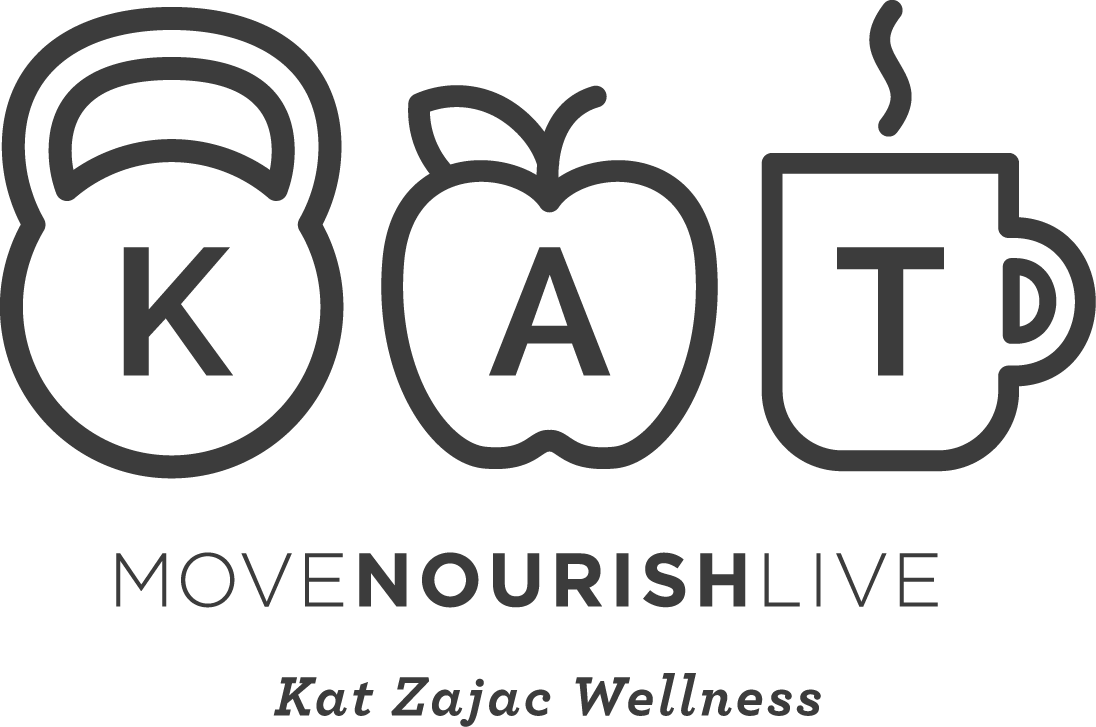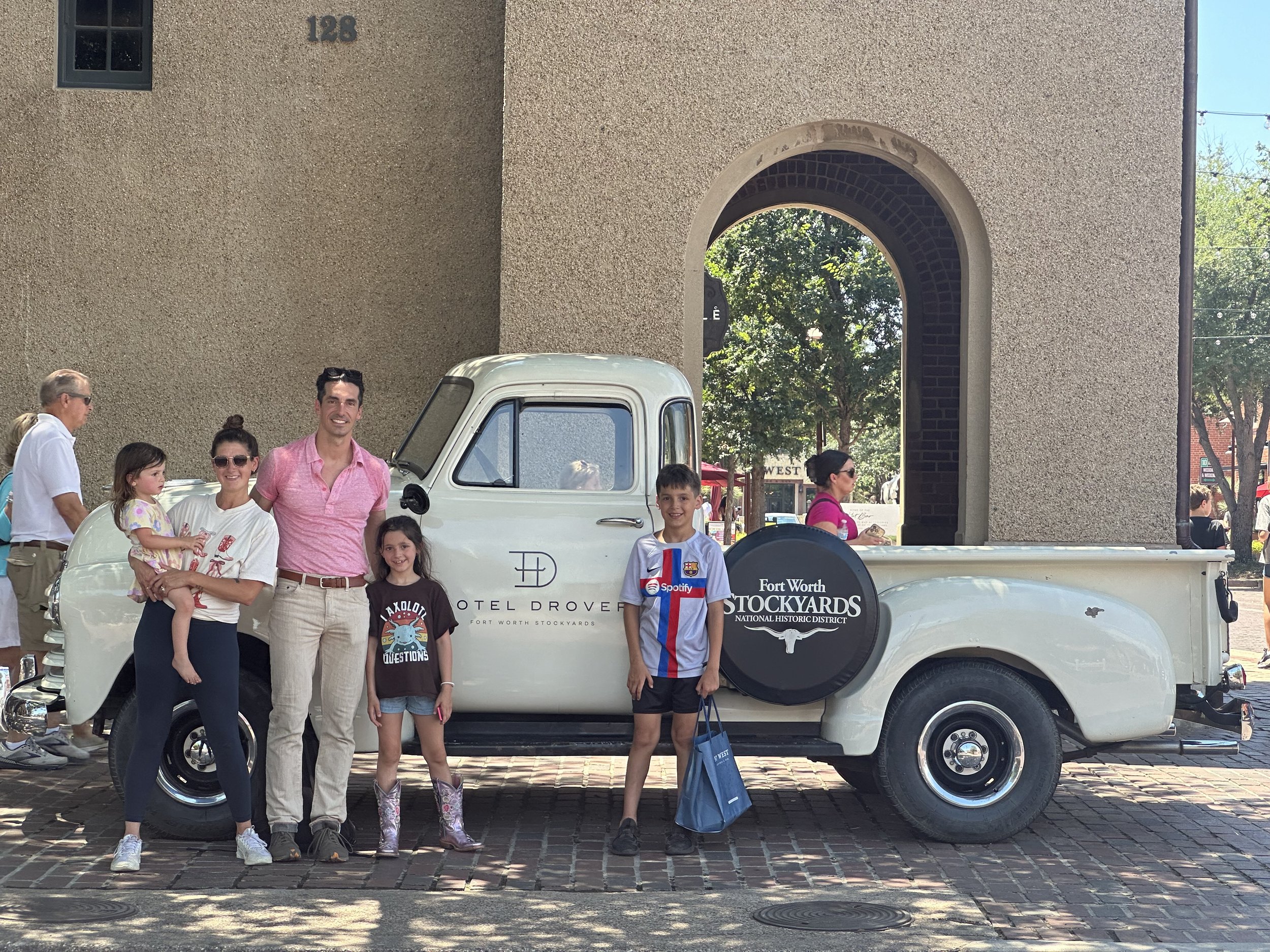Farming Challenges & New Opportunities
The last time I wrote a farm update, I shared my story of how we bought the farm, and soon after, we downsized the herd. If you missed it, you can find the story here.
It continues to be important to me to raise our animals from birth to finish. Our land can only healthfully sustain so many cattle, so every cow on our property takes up a “spot”. Therefore, I only have so many “spots” for cattle in each stage of life - breeding cows, calves, younger cattle in a growth phase, and finally cattle in the finishing phase.
Moving the cattle at sunset during rotational grazing
In other words, there is a limit to how much beef I can produce here on this property, given the farming practices and values I have chosen: healthy cattle, a regenerative agriculture model, and delicious, prime quality, healthy beef. This was not something I wanted to sacrifice, despite its effect on available inventory and the bottom line.
This year I had to turn customers away because I did not have enough beef available. I had to scale back on new business opportunities because I could not guarantee availability. I stopped the farmer’s markets because I did not have enough product to justify the investment.
After working so hard in our first two years to grow our name and get our beef from our pasture to plates across the DMV and beyond, having to turn people away certainly was not ideal.
Sales dwindled, and expenses crept higher as we navigated our way through another drought this past summer.
So I found myself at a crossroads, yet again, asking what could be done to keep true to my values and priorities, but also meet the needs of our current and future customers, and keep the business viable.
The whole family in Fort Worth, Texas after the American Akaushi Conference
And I believe the answer is collaboration.
When we went to the American Akaushi Association conference in June we met another farmer from Virginia who was breeding and raising Akaushi cattle, but who did not sell beef direct to consumer.
An Akaushi Cow at the farm near Charlottesville, Virginia
After discussing, we agreed to partner in a way that benefits us both. I visited the farm and saw the cattle, and I’ve also tasted the beef, confirming it’s excellent quality. The beef will be a great addition to Villacaro Farms as a choice for current and future customers, alongside the beef I plan to raise here in Toms Brook.
If you are coming to the Fall Family Day, you will have the opportunity to be the first to taste test this beef! We will have sliders of both the fullblood Akaushi beef, as well as the Akaushi/Angus cross, raised right here about 2 hours south of my farm in Virginia.
I am excited for this opportunity to serve you better. Your loyalty to my farm, and to supporting local agriculture is not only appreciated, but it’s significant. I wouldn’t be here doing this if I didn’t whole-heartedly believe that this is what is best for our health, for the cattle and for the environment.
To finish, I want to share one final thought. The challenges I've encountered as a farmer selling beef directly to consumers are common. Small farms have their limits. Store-bought beef comes from factory farming, even if it has labels that promote it as organic or humanely raised. Larger companies have advantages in scale that small farmers lack. However, if we small farmers work together to create a more sustainable approach, I believe we can bring healthy, tasty beef to the table of more families.
And that is a solution that is better for all of us.



